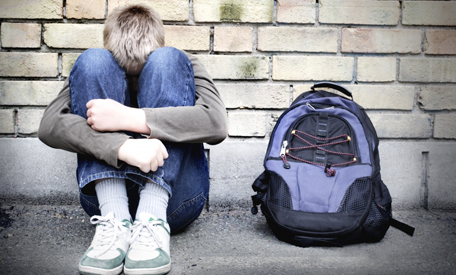The Role of School Staff in Preventing and Responding to Bullying
Preventing Bullying

School staff play a critical role in preventing and responding to bullying. They are in a unique position to observe and intervene in bullying situations, and they can provide support to both victims and bullies. Preventing bullying School staff can help to prevent bullying by creating a positive and supportive school climate. This includes:
Establishing clear rules and expectations against bullying * Promoting respect and understanding among students * Encouraging students to report bullying * Providing training for staff on how to prevent and respond to bullying Responding to bullying When bullying does occur, school staff should respond promptly and effectively. This includes: * Investigating the incident * Talking to the victim, the bully, and any witnesses
Imposing consequences for bullying behavior * Providing support to the victim School staff should also work with parents and the community to develop and implement anti-bullying programs. These programs should be tailored to the specific needs of the school and community, and they should be evaluated regularly to ensure that they are effective.
The role of school staff in preventing and responding to bullying is essential. By working together, school staff can create a safe and supportive learning environment for all students.

What Teachers Can Do When They Witness Bullying
As a teacher, you play a vital role in creating a safe and supportive learning environment for your students. Bullying can have a devastating impact on students' physical and mental health, academic performance, and overall well-being. Therefore, it is essential that you are prepared to intervene and respond effectively when you witness bullying.
Here are some steps that you can take:
1. Stay calm and assess the situation. It is important to remain calm and objective when you witness bullying. This will help you to make the best decisions for the safety of the students involved.
2. Intervene immediately. Do not ignore bullying behavior. Intervene immediately to stop the bullying and protect the victim.
3. Separate the students involved. Once you have intervened, separate the students involved in the bullying. This will help to prevent further conflict and give you an opportunity to talk to each student individually.
4. Talk to the victim. Talk to the victim of the bullying privately. Let them know that you are there for them and that you will not tolerate bullying behavior. Assure them that you will take steps to stop the bullying.
5. Talk to the bully. Talk to the bully privately. Explain to them that their behavior is unacceptable and that they will be held accountable for their actions. Set clear consequences for bullying behavior.
6. Document the incident. Document the incident in writing. Include the date, time, location, and details of the bullying behavior. This documentation will be helpful if you need to take further action, such as reporting the incident to the school administration.
7. Follow up with the students involved. Follow up with the students involved in the bullying to ensure that the bullying has stopped and that the victim is safe.
8. Seek help from other adults. If you are unable to resolve the bullying situation on your own, seek help from other adults, such as the school counselor, principal, or parents.
9. Create a supportive classroom climate. Create a classroom climate where bullying is not tolerated. Encourage students to respect each other and to report any bullying behavior that they witness.
10. Educate students about bullying. Educate students about bullying, its effects, and how to prevent it. You can do this through classroom lessons, assemblies, or guest speakers.
By following these steps, you can help to create a safe and supportive learning environment for your students.

